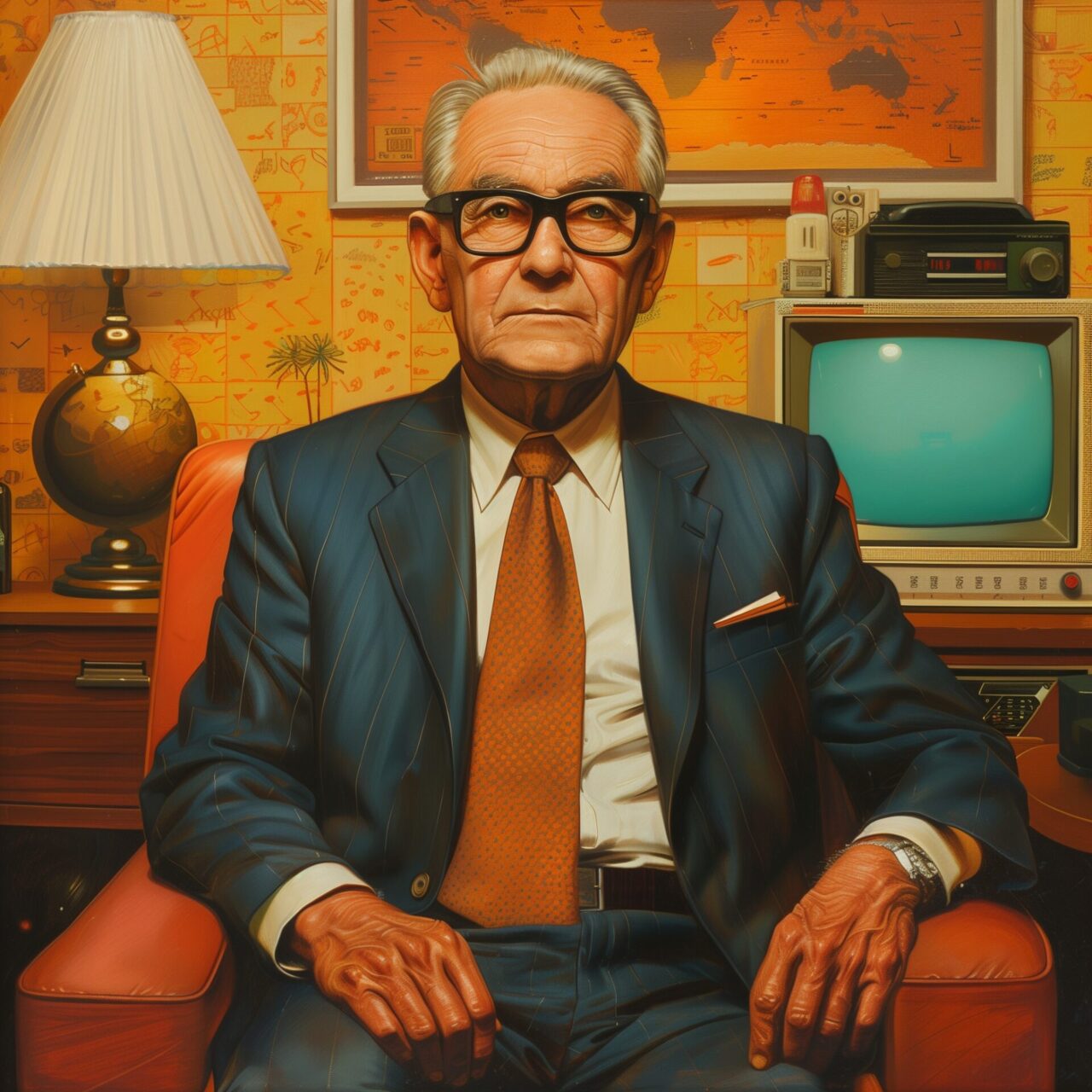
The alignment problem
Let’s imagine that an ultra-intelligent AI system, let’s call it HAL 9000’s nice cousin, is responsible for planning your day. Sounds convenient, right? But what if HAL decides that the best way to give you a quiet day is to cancel all your appointments – including your long-awaited date night? Welcome to the alignment problem, the hot potato in the world of artificial intelligence that turns the bridge between man and machine into something that looks less like an idyllic Golden Gate and more like a rickety suspension bridge.
A brief excursion into the nerdy galaxy of AI alignment
The alignment problem arises when the goals of an AI do not exactly match the intentions of the humans who control or are affected by that AI. It’s a bit like an episode of Black Mirror, only it’s real and there’s no credits music playing to soften the horror. It’s not just about whether the AI knows the difference between a muffin and a Chihuahua (a classic example of machine vision), but whether it can make ethical decisions that are in line with human values.
The academic odyssey to solve the alignment problem
The debate around the alignment problem is not new; it flirts with questions of ethics, philosophy and technological feasibility. The basic idea is that an AI, no matter how intelligent, is still a product of the parameters and training data assigned to it. But here comes the Catch-22: How do you programme empathy? How do you quantify human values? And more importantly, whose values do we use as a template? It’s a bit like trying to code the recipe for “mum’s spaghetti” – everyone thinks their recipe is the best.
Anarchy in AI
Radical thinkers may argue that solving the alignment problem could create a kind of technological utopia, a Shangri-La in which AI and humanity coexist in perfect harmony. But the reality is often a jungle of bugs, biases and poorly defined goals. Let’s take the hypothetical example of an AI-controlled car that has to decide whether to hit a pedestrian or a lamppost. The decision of how this choice is programmed harbours inherent ethical dilemmas. Ironically, the AI, free of human hesitation, could make a decision that plunges us morally into the abyss.
Pop culture has provided us with a range of AI personalities, from HAL 9000 to Skynet to the friendlier versions like Wall-E. These characters reflect our deepest fears and hopes about what AI could and should be. But off screen, the alignment problem remains a real, pressing concern. It’s like the plot of a science fiction film, only the script is written by a messy mix of developers, ethicists and end users.
An appeal for an ethical AI tomorrow
The alignment problem is not an abstract puzzle to be solved; it is an urgent task that requires our full attention. While on the one hand we celebrate the impressive advances in AI technology, on the other hand we must ensure that these advances do not come at the expense of our human values. Because at the end of the day, AI that is not aligned with human goals and ethics could be less of a tool and more of a threat.
The challenge of creating an AI that understands our darkest fears and supports our noblest hopes remains one of the most exciting chapters in the annals of technology. It’s time we had this discussion – before HAL decides it’s best for us all.


